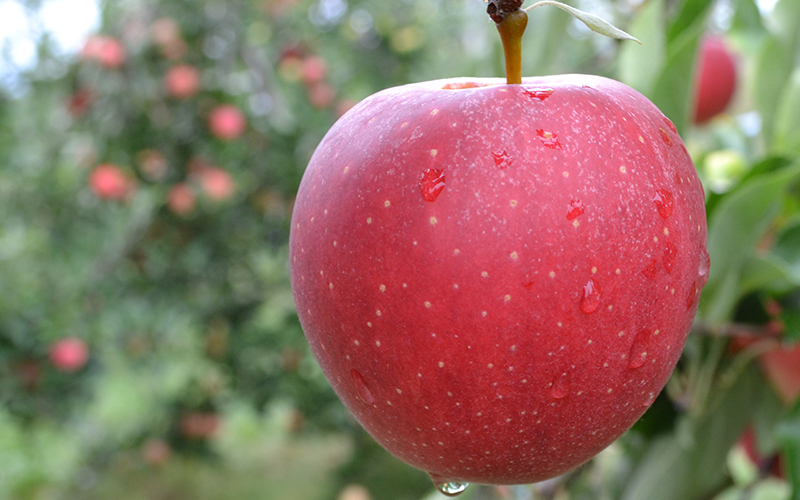July 21, 2020
Public Policy
USDA Expands Coronavirus Food Assistance Program to Cover More Specialty Crops
By: Chris Laughton

On July 9, the USDA announced an expansion of the Coronavirus Food Assistance Program (CFAP) to make more than 40 additional commodities eligible for assistance. The expansion added a number of fruits and vegetables, and expanded funding for seven currently eligible commodities, including apples and potatoes, after determining that these commodities had a 5% or greater price decline between January 15 and April 15 as a result of the COVID-19 pandemic.
The CFAP program was designed to help compensate farmers for the market disruptions that occurred in the early stages of the COVID-19 pandemic. Categories for assistance include milk; “non-specialty crops” such as corn, soybeans and cotton; wool; livestock such as cattle and hogs; and a number of fruits and vegetables.
For specialty crop assistance, key factors to be eligible include the volume of production sold during the specified period, the volume of production shipped but not paid for due to spoilage or loss of market, and the acreage with production not able to be shipped or sold. These events must have occurred during the period from January 15 through April 15, 2020.
Because this period predates the beginning of the growing season for most Northeast producers, CFAP’s value for most of the region’s fruit and vegetable growers is limited. However, there are two notable exceptions:apples and potatoes. Because many growers had these crops in storage and had shipments during the period, they may be eligible for some CFAP assistance. Producers of apples are eligible for a CARES Act payment of $0.05/lb for apples shipped from January 15 throughApril 15, as well as a payment of $0.22/lb for apples shipped but not paid for due to loss of marketing channel. Producers of potatoes, including seed potatoes, are eligible for payments ranging from $0.01-0.07/lb, depending on type for product shipped from January 15 throughApril 15, and payments of $0.03-0.09/lb for product shipped but not paid for due to loss of marketing channel during that same period.
There is also a procedure to receive payments for mature crops that went unharvested, which were harvested but did not leave the farm, or were donated, due to lack of buyers.
Additional program details and limitations apply. For more information, contact your local USDA Farm Service Agency service center, or visit Farmers.gov/CFAP.
The CFAP program was designed to help compensate farmers for the market disruptions that occurred in the early stages of the COVID-19 pandemic. Categories for assistance include milk; “non-specialty crops” such as corn, soybeans and cotton; wool; livestock such as cattle and hogs; and a number of fruits and vegetables.
For specialty crop assistance, key factors to be eligible include the volume of production sold during the specified period, the volume of production shipped but not paid for due to spoilage or loss of market, and the acreage with production not able to be shipped or sold. These events must have occurred during the period from January 15 through April 15, 2020.
Because this period predates the beginning of the growing season for most Northeast producers, CFAP’s value for most of the region’s fruit and vegetable growers is limited. However, there are two notable exceptions:apples and potatoes. Because many growers had these crops in storage and had shipments during the period, they may be eligible for some CFAP assistance. Producers of apples are eligible for a CARES Act payment of $0.05/lb for apples shipped from January 15 throughApril 15, as well as a payment of $0.22/lb for apples shipped but not paid for due to loss of marketing channel. Producers of potatoes, including seed potatoes, are eligible for payments ranging from $0.01-0.07/lb, depending on type for product shipped from January 15 throughApril 15, and payments of $0.03-0.09/lb for product shipped but not paid for due to loss of marketing channel during that same period.
There is also a procedure to receive payments for mature crops that went unharvested, which were harvested but did not leave the farm, or were donated, due to lack of buyers.
Additional program details and limitations apply. For more information, contact your local USDA Farm Service Agency service center, or visit Farmers.gov/CFAP.
You Might Also Like
Meet the Authors
Connect with and discover our Today’s Harvest blog authors and their broad range of financial and northeast agricultural expertise.




